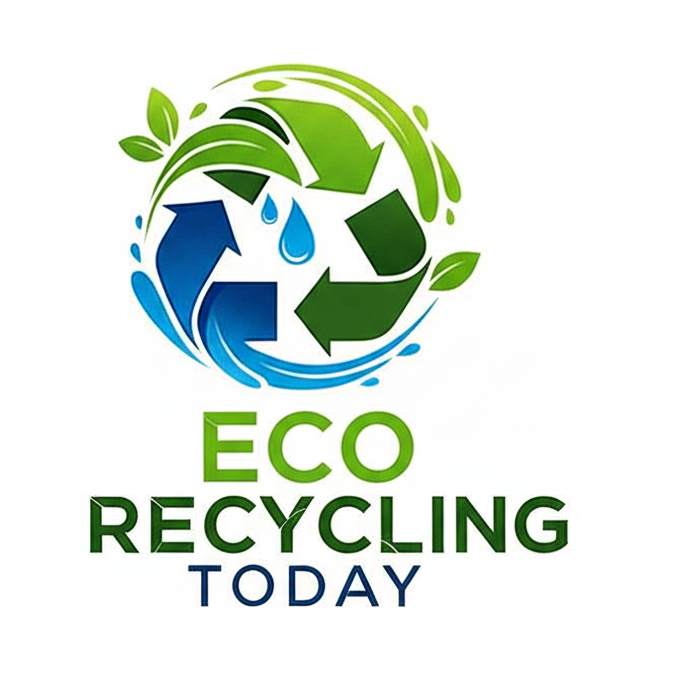PET (Polyethylene Terephthalate) recycling is the process of recovering used PET plastic and converting it into reusable materials. This is crucial for environmental sustainability because PET is widely used in packaging (such as bottles for beverages, food, and household products) and textiles.

PET (polyethylene terephthalate) recycling and its applications in various products like bottles, food packaging, and clothes. Here’s a breakdown of how PET is used and recycled in these contexts:
- PET Bottles: PET is commonly used to manufacture plastic bottles for beverages such as water, soft drinks, and juices. It’s favored for its lightweight, transparent, and durable qualities. After use, PET bottles can be recycled through a process where they are cleaned, shredded, and melted down to produce new PET bottles or other products.
- Food Packaging: PET is also widely used in food packaging, including trays, containers, and clamshells for fruits, vegetables, and bakery items. Its clarity allows consumers to see the contents, and it provides a barrier to moisture and gases, helping to maintain food freshness. Like PET bottles, PET food packaging can be recycled through similar processes.
- Clothing: In recent years, there has been a growing trend towards recycling PET into fibers used in clothing and textiles. These fibers are often referred to as recycled polyester or rPET. They are used to make items such as fleece jackets, athletic wear, and even carpets. Recycling PET into clothing reduces the demand for virgin polyester and helps divert plastic waste from landfills.

PET Recycling Process:
1. Collection: Used PET containers are collected through curbside recycling programs, deposit systems, or collection centers.
2. Sorting: The collected PET containers are sorted by color and type (clear, colored) to ensure purity of the recycled material.
3. Shredding: The sorted PET containers are shredded into small pieces or flakes. Labels and caps made from different plastics are typically removed during this process.
4. Washing: The shredded PET flakes undergo washing to remove impurities like dirt, residue, and leftover product.
5. Separation: The clean PET flakes are separated based on density through a process called float-sink separation. This helps remove any remaining contaminants.
6. Drying: The separated PET flakes are dried to remove moisture, preparing them for further processing.
7. Melting and Pelletizing: The dried PET flakes are melted and then formed into small pellets, which can be used to manufacture new PET products.
8. Manufacturing: These pellets are then used by manufacturers to produce a variety of products, such as new bottles, containers, polyester fibers (for clothing), and other PET-based products.
PET Recycling Equipment:
Several types of equipment are used throughout the PET recycling process:
- Bale Breaker: Used to break up bales of PET bottles for further processing.
- Shredders: Reduce the PET bottles into small flakes.
- Wash Lines: Clean the PET flakes to remove contaminants.
- Sink-Float Tanks: Separate PET flakes from non-PET materials based on density.
- Drying Equipment: Remove moisture from the cleaned PET flakes.
- Extruders and Pelletizers: Melt the PET flakes and form them into pellets.
Recycling PET reduces the amount of plastic waste that ends up in landfills or incinerators, conserves natural resources (such as oil used in the production of virgin PET), and reduces greenhouse gas emissions associated with manufacturing new plastic.
PET recycling plays a vital role in reducing environmental impact and conserving resources, supported by various specialized recycling equipment and processes designed to efficiently handle PET waste.
